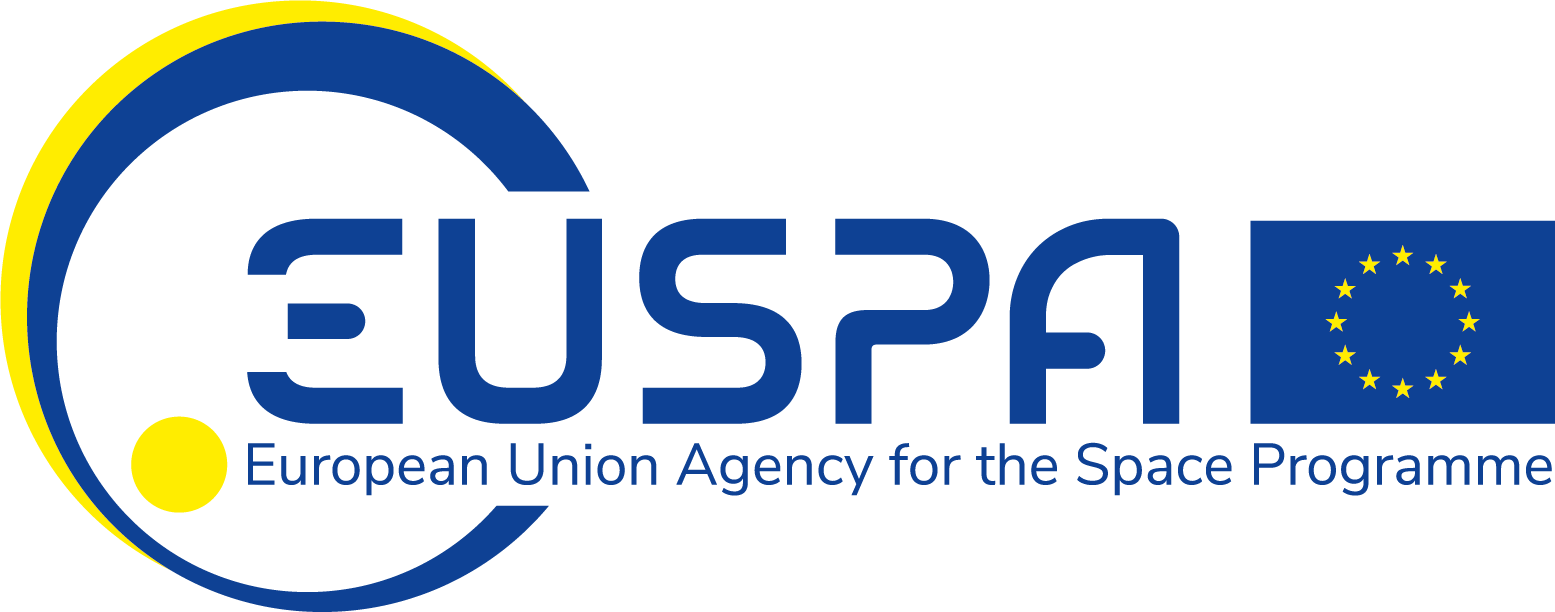ADAS and Railway systems united for future mobility
Michael Jüttner, COO at NAVENTIK
Within the “Policy Framework for Road Safety 2021-2030” and the “Strategic Road Safety Action Plan”, both published in May 2018 as part of the “Europe on the move” package, the Commission has reaffirmed the EU's long-term goal of bringing the number of road fatalities and serious injuries to almost zero by 2050. Advanced Drivers Assistance Systems (ADAS) are a key element towards this “Vision Zero”. ADAS will help save millions of lives globally, eliminate congestion, reduce emissions - and allow to rebuild cities around people and not around cars. Not only ADAS, but also the Railway systems worldwide are on track towards automation. Semi or fully automated trains can deliver service timed to the second, optimize energy use and increase railway safety. Knowing the train’s precise position, velocity and heading is one of the key components to enabling smart railways.
Technology developments in ADAS and Railway sector following different paths has prevented the use of a common approach, which would allow interoperability of the technical solutions at different system levels in similar applications, and the reusability of products for different applications. Time to change that.
Within the EU-funded "Certifiable Localisation Unit with GNSS in the railway environment" (#CLUGProject) experts share their knowledge about GPS/GNSS with the goal to assess the creation of a failsafe on-board localisation unit using GNSS that will be interoperable across the entire European railway network. With the participation of NAVENTIK in the CLUG project, technological concepts for safe and robust localisation from the ADAS sector are incorporated and an attempt is made to build a bridge to the railway sector, which has very similar requirements for safety positioning using GNSS.
The development of a “Protection Level feature” for GNSS based positioning is main part of the functional safety concept for ADAS systems and the necessary step for the certification under ISO 26262 – a standard intended to be applied to safety-related systems installed in series production passenger cars. This is completely in line with the topic dealt with in the CLUG project targeting railway industry. Railway safety is paramount when it comes to passengers; as well as track workers. Both Positive Train Control (PTC) and the European Train Control System (ETCS) seek to improve railway safety by automating braking in emergency situations. With multiple adjacent tracks, precise and reliable positioning is key to knowing exactly on which track the train is operating. Furthermore track mapping and inspection is done with multi-sensor, high-speed mapping systems to collect data for transportation infrastructure management in a single pass. Rail modernization includes replacement of balises and signaling copper wires with more accurate, robust and above all safe positioning solutions. These are possible applications of the results being developed in the CLUG project.
The innovation potential of this “Protection Level feature” for safe positioning can be expressed by a quote of Dr. Andreas Sasse, Head of Navigation Development E/E, Volkswagen AG Wolfsburg, a recognized expert in the field of GNSS positioning, quoted on a meeting in Wolfsburg:
“Since there is no sufficiently reliable GNSS system on the market, we have to deal with poor performance. For in-vehicle infotainment and SAE Level 2, it is sufficient. The most important parameter for us is the system price. But providing a level of protection based on integrity data would be a real game changer."
To achieve the protection level computation, two steps need to be taken :
Step one - Generation of integrity data:
Based on specific probabilistic algorithms for the error detection and statistical approximation, the probability of a given position can be expressed in kind of a standard deviation. The positioning engine is able to compute the vehicles position with information on reliability, allowing the ADAS to engage an automated driving function in the case of high integrity along with given position. By adding vehicle motion and rotation data coming from ASIL-grade sensors this can be achieved even during short GNSS outages. This approach is valid for non-safety critical driving functions and can also be transferred to the above-mentioned fields of application in the railway sector.
Step Two – Protection level computation:
For safety critical driving functions of ADAS Level 3+, the position accuracy has to be even more secured by a data category that is able to derive position integrity at a higher level of reliability than the standard deviation measure. Arising from the principles avionic, the protection level definition is the “estimated upper bound of error between true position and the position estimate generated by the GNSS receiver”. To determine this upper error bound and the associated protection level independent data sets are utilized, that are generated with the help of solution separation techniques. These safety concepts from ADAS are adapted in the CLUG project with its main objective to define a novel certifiable localisation architecture and concept using GNSS.







